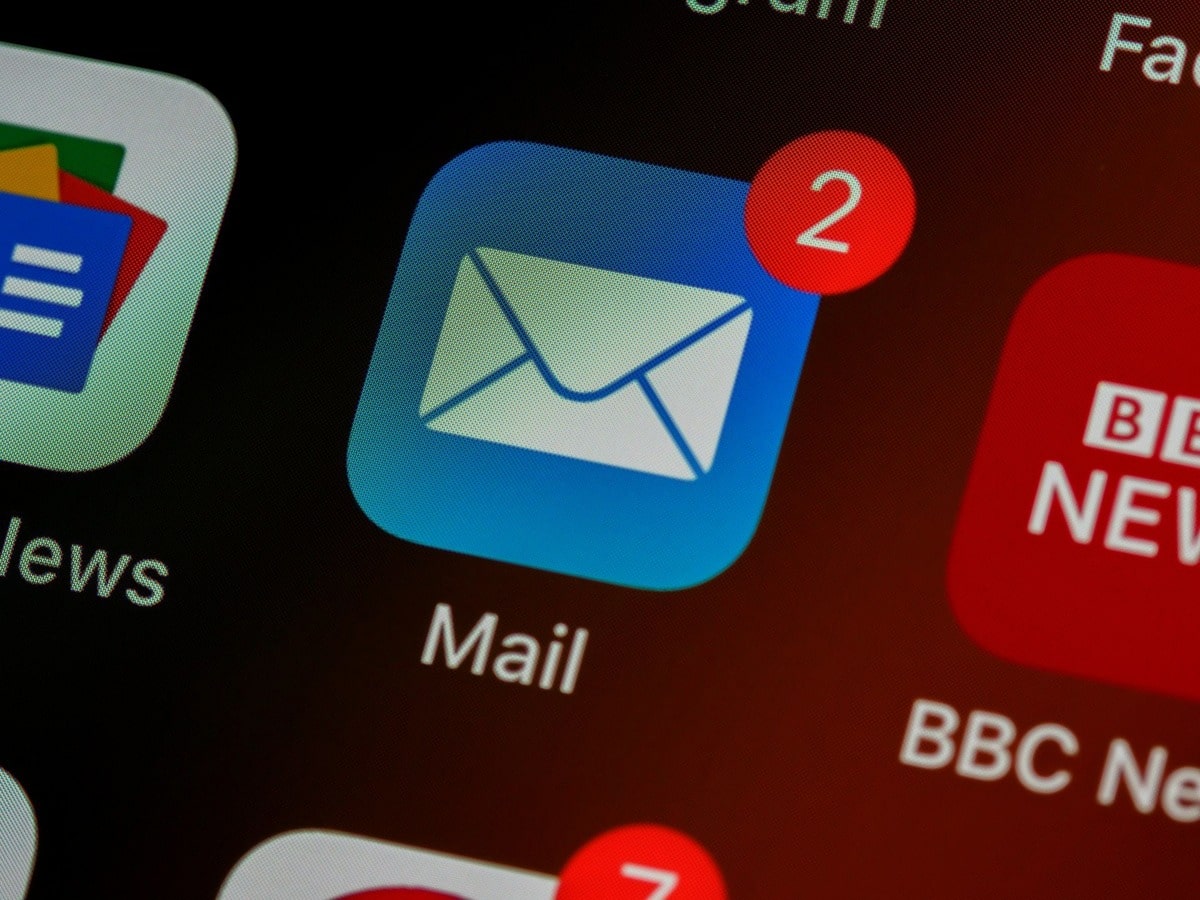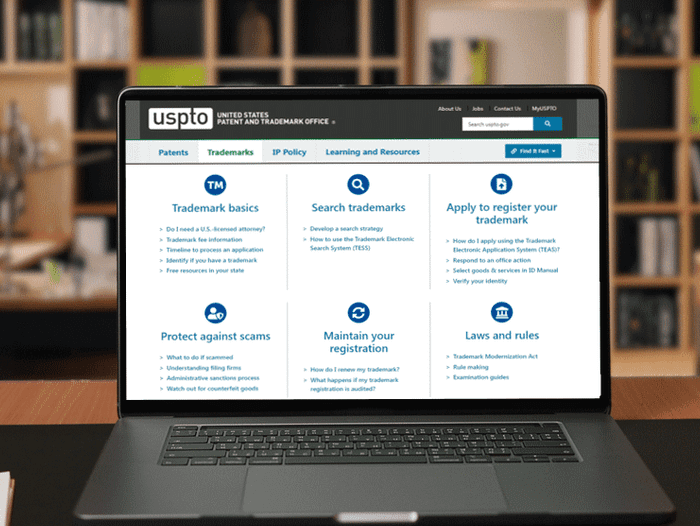
Email authentication technologies SPF and DKIM were developed over a decade ago to enhance the security of email communication by providing greater assurance about the sender's identity. Despite the steady increase in the adoption of these technologies, fraudulent and deceptive emails still need to be solved. The introduction of DMARC (https://dmarc.org/) aims to address this issue by helping email receivers verify the authenticity of messages and handle non-aligned ones effectively. DMARC, short for "Domain-based Message Authentication, Reporting & Conformance," is an email authentication, policy, and reporting protocol. It builds upon SPF and DKIM, adding linkage to the author's domain name and published guidelines for recipient handling of authentication failures. By implementing a DMARC policy, senders can indicate that their messages are protected by SPF and DKIM and instruct receivers on handling messages that fail authentication.
DMARC enhances email security by removing the guesswork from the receiver's handling of failed messages, reducing users' exposure to potentially harmful emails. It also provides a mechanism for email receivers to report to senders about messages that pass or fail DMARC evaluation.
While DMARC doesn't eliminate the need for additional forms of analysis, it streamlines the process by allowing participating senders and receivers to coordinate their efforts. By implementing DMARC, email receivers can make more informed decisions about messages, reduce processing overhead, and prevent spam and phishing emails from reaching users' inboxes.
Protecting email senders' brands from fake emails is a top priority, making publishing a DMARC record and achieving maximum enforcement crucial. On the other hand, mailbox providers prioritize having users' mailboxes free of incoming fake emails and are working on implementing incoming mail filters based on DMARC. These priorities benefit everyone involved in email communication.
While mailbox providers could publish a DMARC record with a policy of failing to collect reports and analyze email flows, this may distract from the primary objectives of protecting against fraudulent emails. The domain connection process involves setting up DKIM, SPF, and DMARC DNS records, essential for enhancing email deliverability and security.
By understanding and implementing SPF, DKIM, and DMARC, businesses can improve email security, protect their brand reputation, and enhance the overall effectiveness of their email communication strategies.




